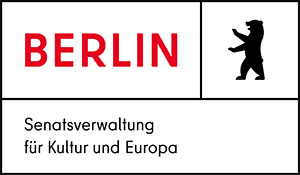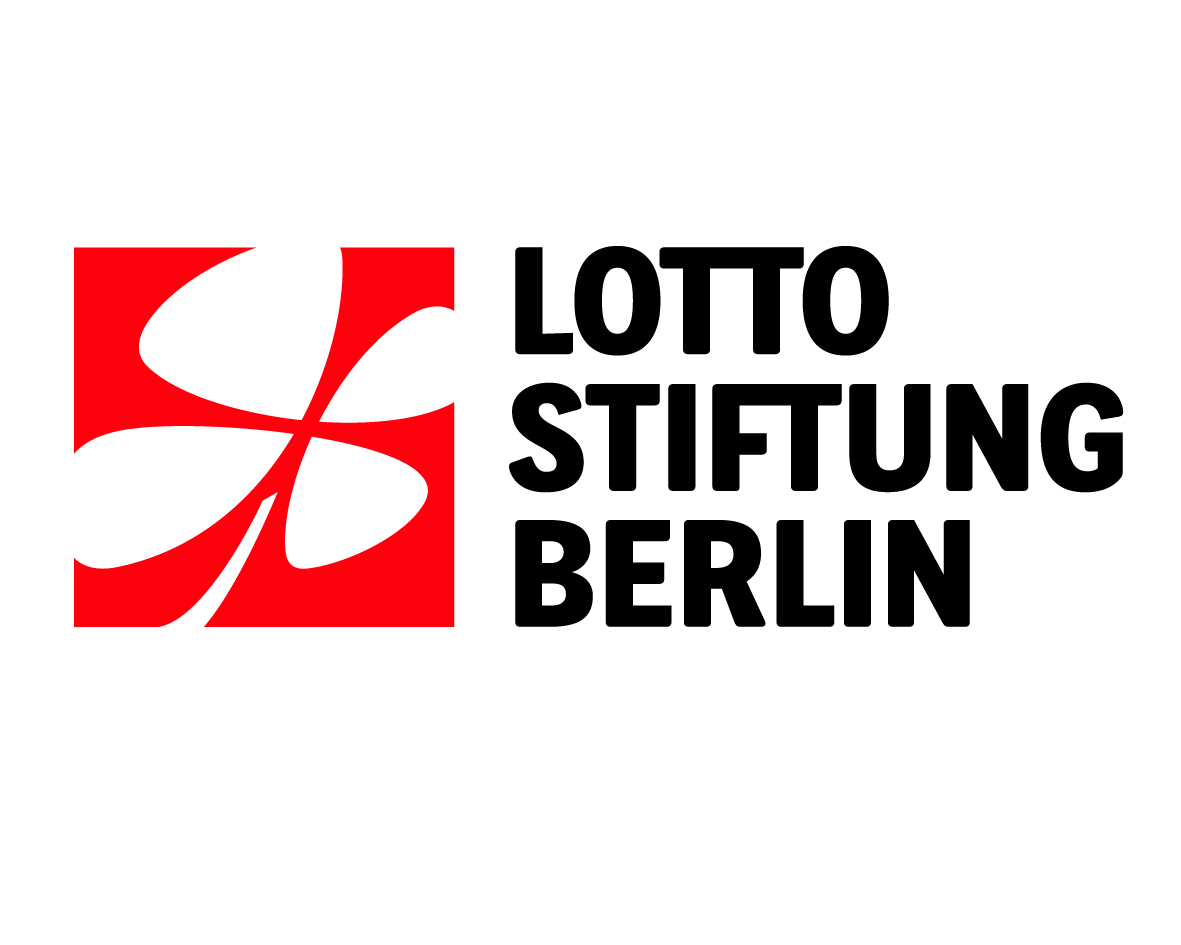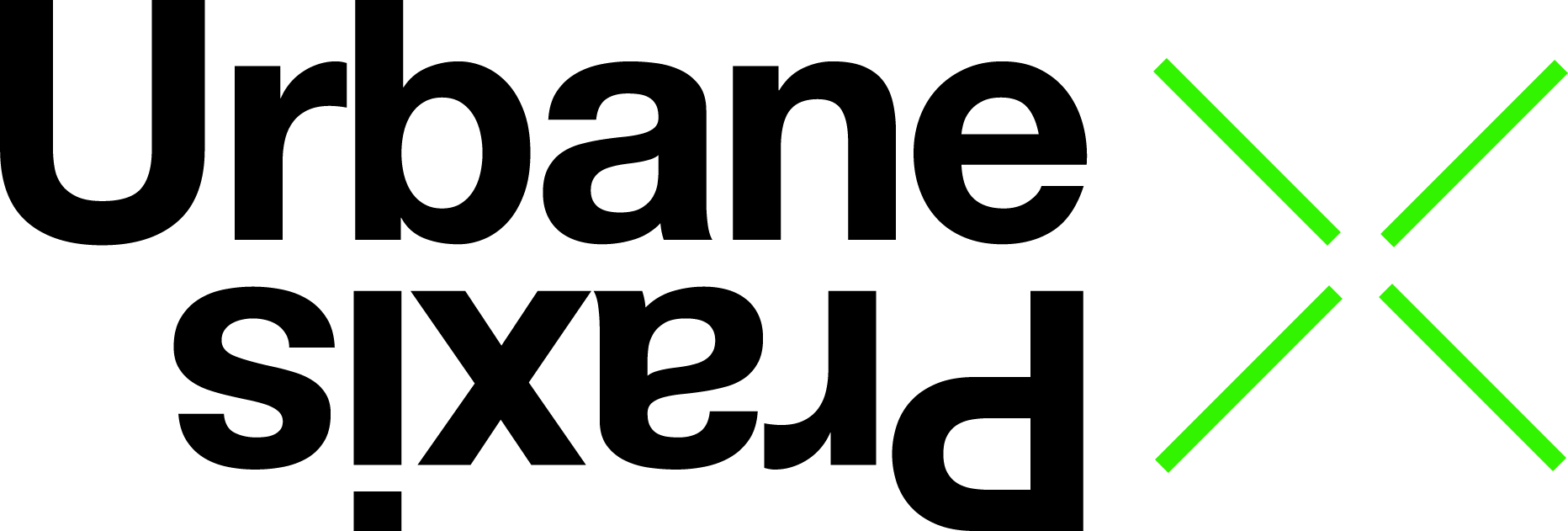11 June–27 August 2022
Artists
Aurora Castillo, Eva Hertzsch & Adam Page, Sonja Hornung, Leni Roller
Participants
Ana Alenso, Michelle Geraerts (Worlds of Lithium ERC, University Amsterdam), Inge Broska, Aurora Castillo, Alison Darby, Jens Weber (Grüne Liga Osterzgebirge e.V.), Oscar Choque (Ayni, Verein für Ressourcengerechtigkeit e.V.), Oscar Choque (Ayni, Verein für Ressourcengerechtigkeit e.V.), Constanze Fischbeck, Andrea Riedel (Stadt- und Bergbaumuseum Freiberg), Helmuth Albrecht (TU Bergakademie Freiberg), Bürgerinitiative Grünheide, Sonja Hornung, knowbotiq (Yvonne Wilhelm, Christian Huebler), Maryam Katan, Can Kurucu, Cristóbal Bonelli (University Amsterdam, Principal Investigator ERC Worlds of Lithium), Esther Kasongo Muntwabene, Éric Mutombo, Susanne Reumschüssel (Industriesalon Schöneweide), Angela Thomas, Mercedes Villalba, Perpeto Dyese Wabanza, Thomas Turnbull (Max-Planck-Institut für Wissenschaftsgeschichte), Jack Wolf
Project group
Elisa T. Bertuzzo, Jan Lemitz, Daniele Tognozzi, Mercedes Villalba, Neli Wagner
What powers power? The Driving Factor was instigated in response to the contradictory reactions of politics and civil society when a Tesla Gigafactory was constructed in Grünheide, Brandenburg. Local and national politicians celebrated the factory’s pioneering work in apparently environmentally-friendly technology, as well as its creation of new jobs. At the same time, countless objections pointed towards grave repercussions for the quality of drinking water, already-depleted groundwater reserves, and argued against the clearing of the forest. These were largely ignored or even obstructed. Criticism of the factory’s future environmental collateral, as well as concerns regarding working conditions and further environmental damage along transnational supply chains, were considered to be irrelevant. Was the promise of “green” mobility, which goes hand-in-hand with the promise of a “green” energy transition, not covering up profound violations of ecosystems and civil rights, as in other parts of the world?
Both promises—that of electric mobility and that of the energy transition—have one object in common: the battery. The Driving Factortakes the lithium battery, viewed as a key storage technology for “green” energy, as the starting point for multi-disciplinary and artistic investigations. These question the narrative that the battery is a storage block providing harmless energy to everyone, everywhere—whether for mobile phones, cars, or the stabilization of the power grid. Working from local contexts, the project seeks to establish links to the global lithium supply chain, while highlighting intransparent and often environmentally damaging practices of raw material extraction. In doing so, it draws attention to mechanisms of appropriation of natural and human labor that perpetuate imperialist and colonial logics—and whose repercussions can also be traced in Germany.
In three experimental tours, The Driving Factor invites participants to move through social and geographical landscapes of extraction and accumulation in Berlin, Brandenburg, and Saxony. Conceived of as journeys through both space and thought, each tour follows various cycles in the valorization and devaluation of raw materials and landscapes linked with the “energy transition”: from the reactivation of the vision of electric mobility in Berlin-Oberschöneweide and Grünheide, to the resumption of mining in Saxony’s Erzgebirge, where lithium deposits have been found, to the revaluation and production of new landscapes following the phase-out of coal mining in Lusatia. By facilitating a shared experience of movement through concrete places and landscapes, the project aims to generate practices of collectively speaking, thinking, and perceiving issues that are often presented as “too specialized” or abstract, and are rarely considered within a broader frame.
The project brings together artists, cultural workers, scientists, and activists, whose practices deal with opportunities, risks, and contradictions relating to energy’s production, storage, and distribution. At the same time, it recognizes in the battery an allegory of stored possibilities: ways of producing, collaborating and solidarizing that operate invisibly, in the underground, capillary, which are often invisibilised or suppressed but remind of the fact that the story is not written yet: resistance is taking place. By bringing different forms of engagement between visitors and contributors into dialogue with one another, the project complicates often familiar perspectives and prevailing narratives. Above all, it endeavors to harness the potential of artistic perspectives to trigger a debate about scientific and political issues that is neither inhibited by the fear of being “unfinished”, nor renounce to provoke and embolden via poetic inspirations.
The artistic, scientific, and activist contributions brought together by The Driving Factoraddress intersectional forms of injustice relating to the production of batteries, from the contamination of ecosystems to related expulsions of humans, animals and plants. Through its focus on the lithium battery, the project illuminates historical continuities of capitalist accumulation in today’s encroaching financialisation of land, natural resources, and work, as well as increasing speculation on the “green economy”. Once promised as a means to stabilize an electricity grid fueled by renewables, batteries were supposed to contribute to a transition to the emissions-free and resource-saving energy provision that many expected from the European “Green Deal”. At least since the beginning of the war in Ukraine, debates around “energy security” demonstrate that this promise was built on the false assumption of a linear model of growth and investment aimed at securing nothing more than private capital.
For the duration of the project, the station urbaner kulturen/nGbK Hellersdorf will be transformed into a storage unit in which new and pre-existing artistic works, research materials, podcasts from the project group, as well as incoming impressions of the tours will be displayed in varying assemblages. These stored energies will be gathered by the Forum POWER BANK, which brings the project’s contributors and visitors together in order to discuss alternative spaces for action. It seems clear that it is necessary to make a break from pre-existing power and property relations in the production, distribution and accumulation of energy. How art and cultural workers, as part of civil society, might contribute to this in translocally organized groups, remains an open question.
As a digital repository and storage unit, the website thedrivingfactor.net/ collects voices, materials, and topics from the project for a wider audience. Here, artistic documentation of the tours will be published and further cross-references made accessible.
Events:
Friday, June 10, 2022, 18:00
station urbaner kulturen/nGbK Hellersdorf
Opening of the exhibition
The station urbaner kulturen/nGbK Hellersdorf transforms into a storage unit in which new and pre-existing artistic works, research materials, podcasts from the working group, as well as incoming impressions of the tours will be displayed in varying assemblages.
With contributions by Aurora Castillo, Eva Hertzsch & Adam Page mit Wolfgang-Amadeus-Mozart-Gemeinschaftsschule und Victor-Klemperer-Kolleg Berlin, Sonja Hornung, Leni Roller, The Driving Factor
Saturday, June 11, 2022
Berlin/Brandenburg
Tour: “The Money Tree”
Taking as its point of departure the presence of US-American electric vehicle and energy company Tesla in Brandenburg, The Money Tree will investigate how contemporary climate and infrastructural crises relate to global financial markets and supply chains. In conversation with researchers on the electric grid, market data analysts, and citizen activists, the tour will offer insight into the convoluted economy of electricity and its socio-material aspects, problematizing dominant narratives relating to sustainability and corporate governance. The tour will depart from Oberschöneweide, a locus of past and future speculative development set to host the “Behrensufer” innovation and technology hub, as well as historical site of the Kabelwerk Oberspree (KWO) and electric car producer NAG from the conglomerate AEG. It will end in Grünheide, Brandenburg, where Tesla’s fourth Gigafactory recently began production in the face of environmental impact concerns and an extensive dispute relating to its water supply. Along the way, artistic interventions will constitute the stage for exchanges between tour participants moderated by experts and activists. These discussions will focus on the impact of financialization on natural and collective resources, shedding light on opaque financial dynamics, asking who profits from the energy transition.
With: Bürgerinitiative Grünheide, Aurora Castillo, Oscar Choque (Ayni, Verein für Ressourcengerechtigkeit e.V.), Perpeto Dyese Wabanza, Sonja Hornung, Esther Kasongo Muntwabene, Éric Mutombo, Susanne Reumschüssel (Industriesalon Schöneweide), Thomas Turnbull (Max-Planck-Institut für Wissenschaftsgeschichte), Jack Wolf
Saturday, June 18 & 19, 2022, two full days
Erzgebirge (Zinnwald/Freiberg)
Tour: Taube Erde
The battery continues to be a black box, feeding the myth of progress and the vision of an unlimited electricity supply in a historical moment when the run for energy is fueling increasingly visibly proxy conflicts worldwide. To try to unpack this black box, the two days Taube Erde tour focuses on one of its main components, lithium, looking towards the effects of its extraction in multiple localities. Anchoring the enquiry in Freiberg and Zinnwald (Saxony), where the domestic extraction of lithium is planned to kick off soon, we will trace socio-material ecologies of past and present extraction in the region and throw light on the global repercussions of one of its least known exports, “scientific mining”. Through contributions from artists, experts, local residents, and activists, we will reconstruct long disappeared sites of extraction, analyze common trajectories between historical and current mining-rushes and bring to the fore pre-existing and potential modes of resistance among humans and non-humans alike. While reflecting and refracting the continuing history of mining, including its representation, we will also discuss the ways and possibilities of the (care) labour of environmental activism in “de-populating” regions and dialogue about the elusive utopia of the battery, asking how both scientific and everyday practice can step out the paradigm of growth.
With: Ana Alenso, Helmuth Albrecht (TU Bergakademie Freiberg), Aurora Castillo, Oscar Choque (Ayni, Verein für Ressourcengerechtigkeit e.V.), Maryam Katan, Andrea Riedel (Stadt- und Bergbaumuseum Freiberg), Jens Weber (Grüne Liga Osterzgebirge e.V.), Featuring “In the Name of Lithium” directed by Tian Cartier and Martin Longo (2021)
Saturday, June 25, 2022
Lausitz (Großräschen)
Tour: Am Ende Landschaft
The planned end of coal mining brings with it not only socio-structural change but also the reshaping of the landscapes that have been formed by open cut mining. This tour to Lusatia traces ongoing devastation caused when entire villages are engulfed by mines, confronts state-led attempts at re-naturalisation and reflects embodied experiences with extraction and its consequences. Using past, present and future insights into the region’s places and landscapes, we will draw on associative imagery and tie it to global perspectives as well as personal memories from the Rhein region’s coalfields, juxtaposing them to the Lusatian context. The tour begins and ends at the IBA (International Building Exhibition) terraces on the Großräschen Lake.
With: Inge Broska, Aurora Castillo, Constanze Fischbeck, knowbotiq (Yvonne Wilhelm, Christian Huebler), Mercedes Villalba
Saturday, July 2, 2022, 14:00
station urbaner kulturen/nGbK Hellersdorf + Zoom
Panel: Forum “POWER BANK” (de/en)
The Forum: POWER BANK will gather artists, scholars and experts at the station urbaner kulturen/nGbK Hellersdorf, Berlin. It is intended as an occasion to access the debate surrounding the energy transition from an interdisciplinary perspective, with a focus on the transnational implications of the ongoing rush for lithium. Tackling issues of supply, ownership, access and use, as well as addressing struggles in territories of extraction, production and distribution along the supply chains.
With: Michelle Geraerts (Worlds of Lithium ERC, University of Amsterdam), Cristóbal Bonelli (University of Amsterdam, Principal investigator ERC Worlds of Lithium), Oscar Choque (Ayni, Verein für Ressourcengerechtigkeit e.V.) and The Driving Factor project group.
Saturday, July 23, 2022, 16:00 – 18:00
station urbaner kulturen/nGbK Hellersdorf
Presentation and talk: Inventory with members of the project group (de)
Inventory with Ana Alenso and members of the project group The Driving Factor
(Elisa T. Bertuzzo, Jan Lemitz, Daniele Tognozzi, Mercedes Villalba, Neli Wagner)
With tours to landscapes of extraction and accumulation in Berlin, Brandenburg and Saxony, the nGbK project group The Driving Factor stimulated discussions among a wide range of experts in June. The topic was the promise of electromobility and the ‘energy transition’-especially the central but deceptive role of the lithium battery as a storage technology for ‘green’ energy. The tour participants not only experienced a common speaking, thinking, and perceiving of issues that are often considered too technical and abstract; they also contributed to a process of collective knowledge production whose material as well as immaterial, concrete as well as symbolic results are ‘loaded’ peu à peu at the station urbaner kulturen/nGbK Hellersdorf.
In their inventory in The Driving Factor storage, the project group will activate this stored knowledge and through objects and podcasts, tell stories that cut across the narrative of the harmless storage block. Artist Ana Alenso contributes to the ongoing collection with a speaker from the sound performance she realised for the tour Taube Erde (“Deaf Earth”) and discusses the challenges of artistic intervention in anthropogenic landscapes.
Saturday, August 6, 2022, 16:00 – 18:00
station urbaner kulturen/nGbK Hellersdorf
Presentation and talk: Inventory with members of the project group and guests (en)
Inventory with members of the project group The Driving Factor and video artists Maryam Katan and Can Kurucu
With tours to landscapes of extraction and accumulation in Berlin, Brandenburg, and Saxony in June 2022, the nGbK project group The Driving Factor stimulated discussions among various experts. Topics were the promises of electromobility and of the “turnaround” in energy policy - and especially the central but deceptive role of the lithium battery as a storage technology for “green” energy. With the video artists Maryam Katan, Can Kurucu and Jack Wolf (tbc), who each took part in one of these journeys, members of the project group talk about key moments of the tours, the challenges of artistically documenting unplanned and spontaneous events, and the possibilities of (video) art to make processes of collective knowledge production comprehensible and thus shareable. The guests will answer these questions using their own film sequences or footage, offering insights into the emerging video documentations of the tours.
Saturday, August 20, 2022, 16:00 – 18:00
station urbaner kulturen/nGbK Hellersdorf
Finissage: Closing inventory with Eva Hertzsch, Adam Page and guests (de)
Last inventory with members of the project group and Eva Hertzsch & Adam Page
In June, the nGbK project group The Driving Factor invited visitors to group tours to landscapes of extraction and accumulation in Berlin, Brandenburg, and Saxony. Each of these tours stimulated specific but interconnected engagements with the promises of electromobility and the “Energiewende” (energy turnaround) among diverse experts - particularly with the central but deceptive role given to the lithium battery as a storage technology for “green” energy. The material and immaterial results of this collective knowledge production were “charged” bit by bit at the station urbaner kulturen/nGbK Hellersdorf: They accompanied, complemented, and commented on the artistic positions presented there. During the last inventory in this “storage” of The Driving Factor, the project group talks with the artists Eva Hertzsch and Adam Page, who realized their film The Last Mile with pupils from Hellersdorf-Marzahn as part of the project. Subject of their discussion is the role of art in a civil society increasingly concerned with ecology and nature conservation and increasingly mobilizing against extractivism and the negative consequences of globalization. How and to what extent can artistic practices promote the perception and discussion of issues that are generally considered overly complex or specialized? What makes art and cultural projects that are based on participation and unusual collaborations sustainable? And what remains after the “project”?
Financed by


 station urbaner kulturen/nGbK Hellersdorf is part of Urbane Praxis.
station urbaner kulturen/nGbK Hellersdorf is part of Urbane Praxis.
